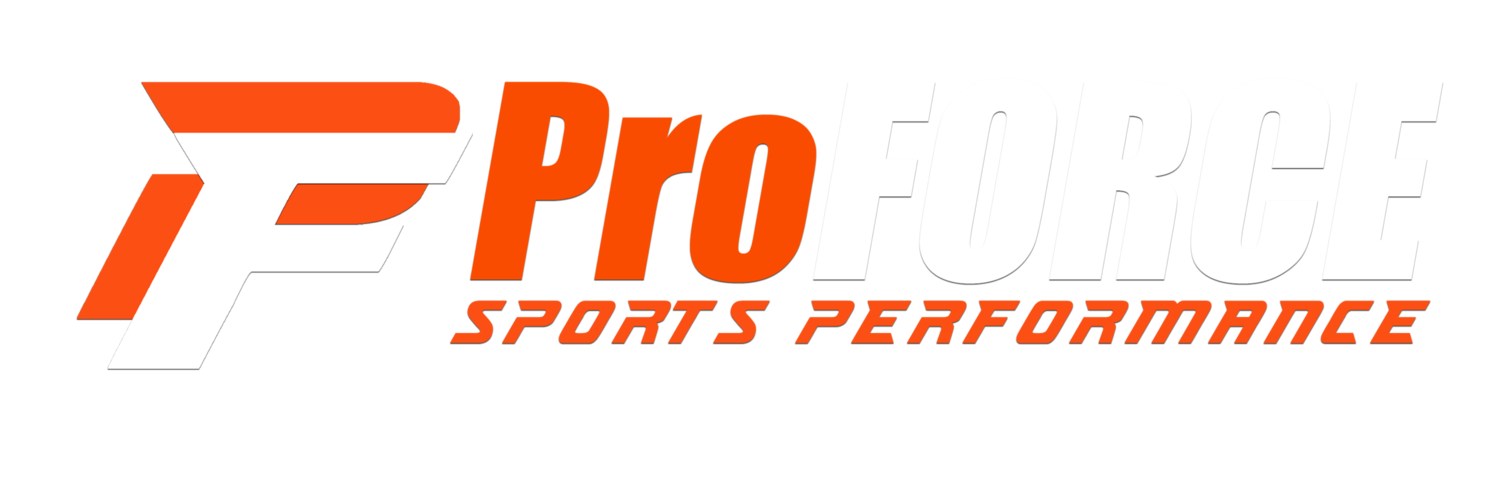In the world of sports, particularly those involving repetitive overhead activities like baseball, volleyball, and tennis, the health and functionality of the shoulder are paramount. The shoulder, being one of the most mobile and complex joints in the human body, requires meticulous care and understanding, especially for athletes whose performance hinges on its optimal functioning. One critical aspect of shoulder anatomy that often goes underappreciated but is vital in assessing shoulder health is the humeral head retroversion. Understanding and measuring humeral head retroversion is essential for diagnosing, treating, and preventing shoulder injuries, particularly in throwing athletes.
What is Humeral Head Retroversion?
Humeral head retroversion refers to the backward rotation of the humeral head relative to the axis of the humerus. This anatomical feature varies significantly among individuals and is influenced by both genetic and environmental factors, such as repetitive throwing motions during developmental years. Typically, the humeral head is retroverted about 20 to 40 degrees in most people. However, in throwing athletes, this angle can be considerably greater due to the adaptations resulting from repetitive overhead activities.
Importance of Measuring Humeral Head Retroversion
1. Injury Prevention
One of the primary reasons to measure humeral head retroversion is to prevent injuries. Abnormal retroversion angles can predispose athletes to shoulder injuries such as rotator cuff tears, labral tears, and impingement syndromes. By identifying atypical retroversion, clinicians can design preventive strategies, including specific strengthening and stretching programs tailored to the athlete's unique anatomical configuration.
2. Accurate Diagnosis
Shoulder injuries can be complex, and accurate diagnosis is crucial for effective treatment. Measuring humeral head retroversion provides valuable insights into the biomechanical environment of the shoulder joint. For instance, an increased retroversion angle takes away from a athletes External Rotation (ER) and adds back Internal Rotation (IR). Here is a quick example: Athlete presents with 150 degrees of ER and 20 degrees of IR. Upon measuring Humeral Head Retroversion it is determined they have 20 degrees of Retroversion. Now there ER number is 130 and IR is 40 degrees. Accurate measurement allows for a more precise diagnosis and understanding of the underlying causes of shoulder pain and dysfunction.
3. Customized Rehabilitation
Rehabilitation programs must be individualized to address the specific needs of each athlete. Knowledge of the humeral head retroversion angle allows physical therapists to create customized rehabilitation protocols that consider the unique biomechanics of the athlete's shoulder. This personalized approach can enhance the effectiveness of rehabilitation, promote quicker recovery, and reduce the likelihood of re-injury.
4. Performance Optimization
For throwing athletes, optimal shoulder mechanics are crucial for peak performance. Excessive or insufficient retroversion can affect the range of motion, strength, and efficiency of the shoulder during throwing motions. By understanding and measuring humeral head retroversion, coaches and trainers can work with athletes to optimize their throwing mechanics, leading to improved performance and reduced strain on the shoulder.
Measuring Humeral Head Retroversion
There are several methods to measure humeral head retroversion, including:
Imaging Techniques: CT scans and MRIs provide detailed images of the shoulder joint, allowing for precise measurement of the retroversion angle.
Clinical Assessment: Physical examination techniques, although less precise than imaging, can give an indication of retroversion through the assessment of shoulder range of motion and flexibility.
Goniometry: A goniometer can be used to measure the angle of rotation. Place the athlete supine on the table and bring the arm into abduction with the elbow flexed at 90 degrees. Once the arm is abducted to the point where the humerus is perpendicular with the ground, make sure the arm is relaxed and measure the angle of the ulna (forearm) from how far it has deviated from 0.
Conclusion
In the realm of sports medicine and orthopedics, understanding the nuances of shoulder anatomy, particularly humeral head retroversion, is indispensable. For throwing athletes, measuring this retroversion is not merely a diagnostic tool but a cornerstone for injury prevention, accurate diagnosis, customized rehabilitation, and performance optimization. As sports continue to push the boundaries of human capability, the role of detailed anatomical understanding, including humeral head retroversion, will only grow in importance, ensuring athletes can perform at their best while minimizing the risk of injury.
Kevin Hollabaugh, MHA, CSCS, USAW, FMSC, CSAC
Ready to take your performance to the next level and understand your humeral head retroversion? Reach out to us at ProForce Sports Performance to schedule an evaluation with our team.

